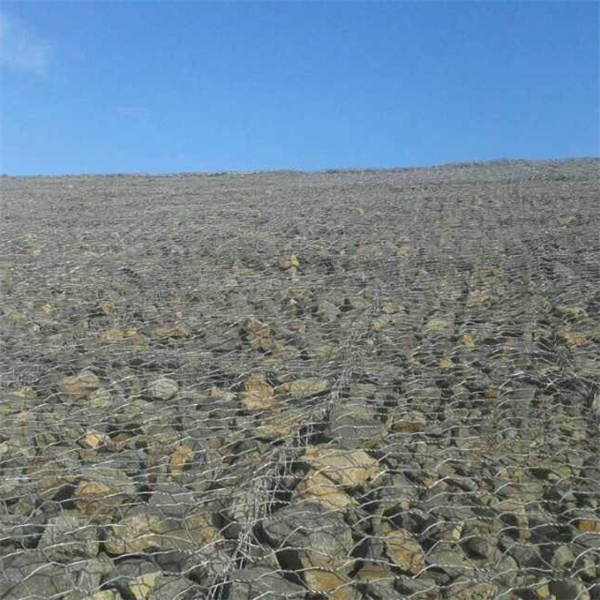Kor . 31, 2024 20:51 Back to list
Factory Production of High-Quality Gabion Check Dams for Sustainable Erosion Control Solutions
Gabion Check Dams A Sustainable Solution for Erosion Control
In recent years, the increasing prevalence of soil erosion and sedimentation has raised concerns among environmentalists and civil engineers alike. One effective solution gaining traction in many parts of the world is the use of gabion check dams. These structures not only help to control erosion but also contribute to sustainable water management practices.
Gabion check dams are essentially structures made of wire mesh filled with stones or other materials. They are designed to slow down water flow in small streams and rivers, reducing the velocity of the water and allowing sediment to settle. This is crucial in areas where excessive runoff threatens to wash away valuable topsoil, degrade water quality, and damage aquatic habitats.
Gabion Check Dams A Sustainable Solution for Erosion Control
The construction of gabion check dams is relatively straightforward. Workers typically start by laying a foundation of large stones in the streambed. Then, gabion baskets filled with smaller stones are stacked on top. The design allows for flexibility and ensures that even during high flow periods, the structure can withstand the stress without failing. This resilience makes gabion check dams a practical choice for erosion control in both rural and urban settings.
gabion check dam factory

In addition to their primary function of controlling erosion, gabion check dams offer several secondary benefits. They create small pools of water that can enhance local biodiversity by providing habitats for various aquatic species. These structures can also improve water quality by trapping sediments and pollutants, leading to cleaner water downstream. Furthermore, by slowing down water flow, gabion check dams help recharge groundwater supplies, which is an essential resource for agriculture and human consumption.
The environmental advantages of gabion check dams have garnered attention from governments and organizations worldwide. For instance, in regions prone to flash floods, these structures can mitigate the impact of heavy rainfall by absorbing excess water. This not only protects infrastructure but also decreases the likelihood of devastating floods that can displace communities.
Moreover, gabion check dams are often more cost-effective compared to traditional concrete structures. Their installation requires less heavy machinery and labor, making them a more accessible option for resource-limited regions. The use of natural materials also means that as time passes, these dams can blend seamlessly into the landscape, presenting a more aesthetically pleasing alternative to concrete structures.
As climate change continues to pose threats to our ecosystems, the demand for sustainable solutions like gabion check dams will only increase. Their ability to adapt to various environments, coupled with their environmental and economic benefits, positions them as a promising option for erosion control and water management. As communities begin to recognize the long-term advantages of using gabions, we may see a shift towards more ecologically sound engineering practices.
In conclusion, gabion check dams represent a harmony between human needs and environmental stewardship. By investing in such sustainable solutions, communities can effectively combat the challenges of erosion and sedimentation, fostering a healthier ecosystem for future generations. As the world continues to grapple with the effects of climate change, innovations like gabion check dams could play a pivotal role in sustainable development and environmental preservation.
-
Why PVC Coated Gabion Mattress Is the Best Solution for Long-Term Erosion Control
NewsMay.23,2025
-
Gabion Wire Mesh: The Reinforced Solution for Modern Construction and Landscape Design
NewsMay.23,2025
-
Gabion Wall: The Flexible, Seismic-Resistant Solution for Modern Landscaping and Construction
NewsMay.23,2025
-
Gabion Wall Solutions: The Durable, Decorative, and Affordable Choice for Every Landscape
NewsMay.23,2025
-
Gabion Basket: The Durable and Flexible Alternative to Traditional Retaining Walls
NewsMay.23,2025
-
Gabion Basket: The Proven Solution for Slope Stability and Flood Control
NewsMay.23,2025
-
Versatility of Chain Link Fence Gabion
NewsMay.13,2025






